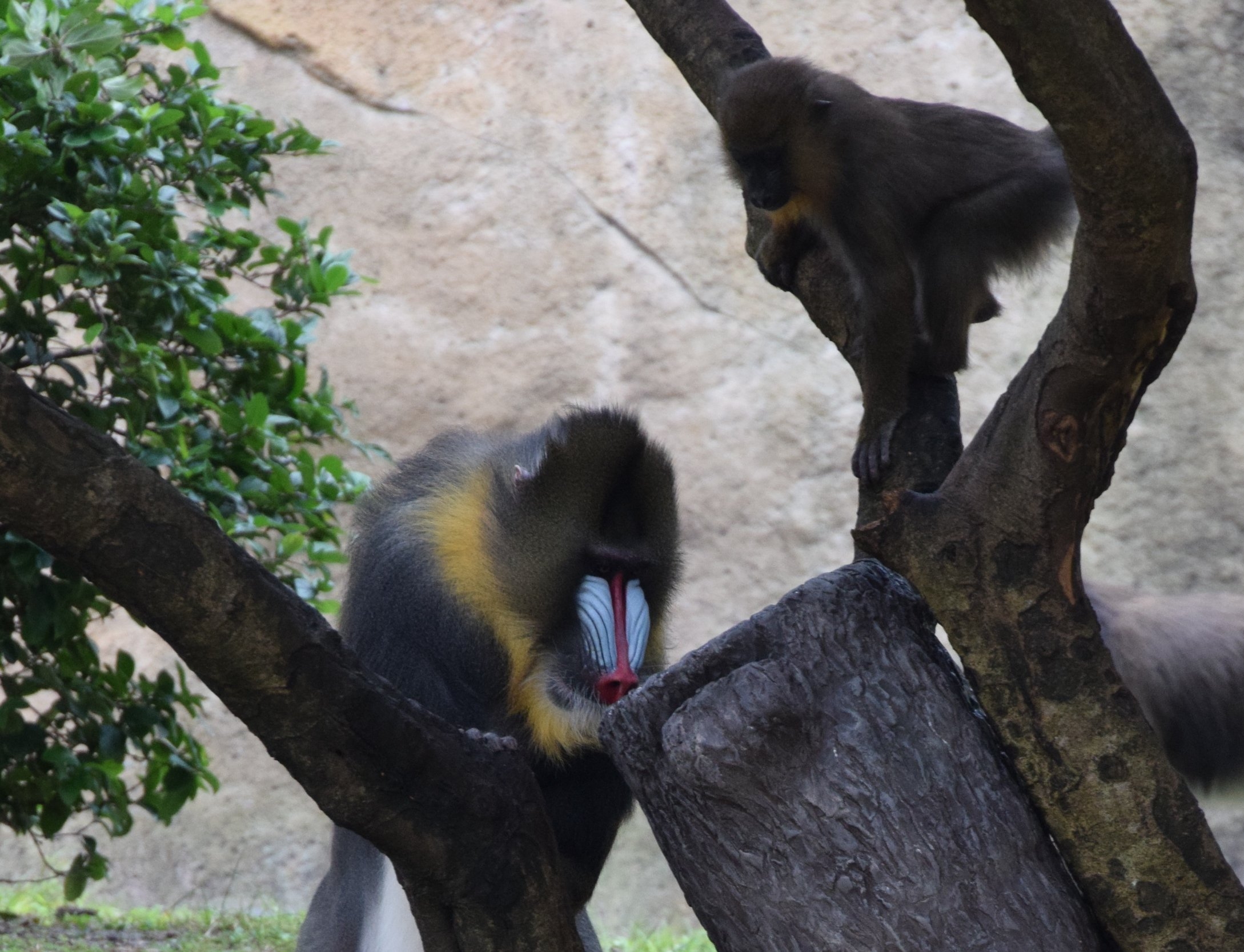repurposing for enrichment
The repurposed enrichment program was developed with a few goals in mind:
· Determine enrichment needs
· Partner with other departments
· Increase green efforts by repurposing items into enrichment
After determining the needs of our animal care areas, we formed multiple partnerships with departments across our company. We have been able to reuse many found treasures and put them to use in our enrichment program. We have acquired everything from textiles including towels, sheets, and pillow cases, to wicker tissue boxes or wastepaper bins, fire hose, paper tubes, and even a brand-new snow cone machine still in the box!
We’ve successfully fostered these partnerships by sharing photos of the animals utilizing repurposed items or inviting our partners to watch the animals interact with the enrichment first hand. These small gestures have solidified our partnerships and encouraged continued participation. Our company has provided unlimited opportunities for discovering new treasures and we continue to establish more partnerships as the program grows.
There are many opportunities to start up a repurposed enrichment program with the help of a few local partnerships. After determining any needs your enrichment program has, try to identify local community members that might have resources that they want to find a green way to repurpose. Maintain these partnerships by following up, sharing your stories and promoting your partnership.
Enrichment Challenge
What started out as a challenge to repurpose average items into a behavioral-goal-focused enrichment idea turned into a challenging enrichment puzzle. Which animal would benefit from a new enrichment initiative? What natural behaviors should we prioritize to elicit from the focus species? What ordinary item can be transformed into enrichment to meet a behavioral goal? How do we make the enrichment blend into our environment so guests can continue to focus on the animal?
Keepers chose to focus on warthogs, found on the Kilimanjaro Safaris, for this challenge because of their complex social behavior, memory prioritization, spatial learning, anticipation, and play behavior. Pig species utilize their strong snouts for rooting, carrying, pushing, and social interactions. This natural rooting behavior keeps the animal active and engaged in their environment throughout the day. Brainstorming how to encourage foraging and specifically rooting behaviors, keepers started off with a puzzle feeder concept. Puzzle feeders come in all sorts of shapes and sizes and are often utilized with species in order to stimulate foraging behaviors and to increase activity. The design of a puzzle feeder and how food items are obtained is based on the natural foraging behavior of the focus species.
For the warthog feeder, an ordinary five gallon water jug was chosen because it is easy to drill holes into, the right size for a warthog to toss around, and the barrel shape provides a semi-natural look. This natural barrel shape gave way to the idea of a feeder that resembled a log. The log feeder concept quickly developed into a stump feeder with attached root structures to encourage more of the rooting component seen with foraging. Cut bamboo inserted into the base of the water jug gave an overall stump and root appearance and an additional location for food to be dispersed. By attaching root structures to the log, the enrichment can be buried, is more challenging to toss around and blends into the space. Keepers applied epoxy to the jug, used silicone stamps to create surface texture and applied paint to match the warthogs’ habitat. The warthogs now have more opportunity to showcase their natural behaviors for the guests observing them with this repurposed conventional item and some added creativity.
Keeping it Cool
Providing appropriate opportunities for our animals to thermoregulate and hydrate during the summer can be difficult. Ice treats are often a preferred method by which to stimulate these behaviors, but while appearance and flavor can be modified, they generally lack staying power during warmer weather. One way to solve this challenge, while also introducing some novelty into the environment, was to repurpose a five-gallon insulated cooler. While the insulation maintained the colder temperatures of its contents, the external materials did not offer much protection when introduced to large-bodied animals, such as gorillas. To provide greater strength and durability, Habitat Fire Safe sculpting epoxy was applied to all of the outer surfaces. In addition, handles were built into the design for ease of transport, as well as points of attachment so that the cooler could be secured. The latter also helps it remain upright. Additionally, the application of sculpting epoxy allowed for natural looking detail to be added. In the end, it looked like a piece of deadfall and was therefore less noticeable to guests.
When the disguised cooler was first offered to the gorillas in their habitat, it was filled to the brim with ice and secured to a large piece of deadfall. All six group members, including the silverback, were observed immediately inspecting and utilizing the item. Likewise, they were repeatedly seen visiting it throughout the day, eating ice and drinking from it. After the gorillas were brought inside for the evening, the cooler was left in place overnight. Upon inspection seventeen hours after its initial installation, it was still one-quarter of the way full with ice water.



